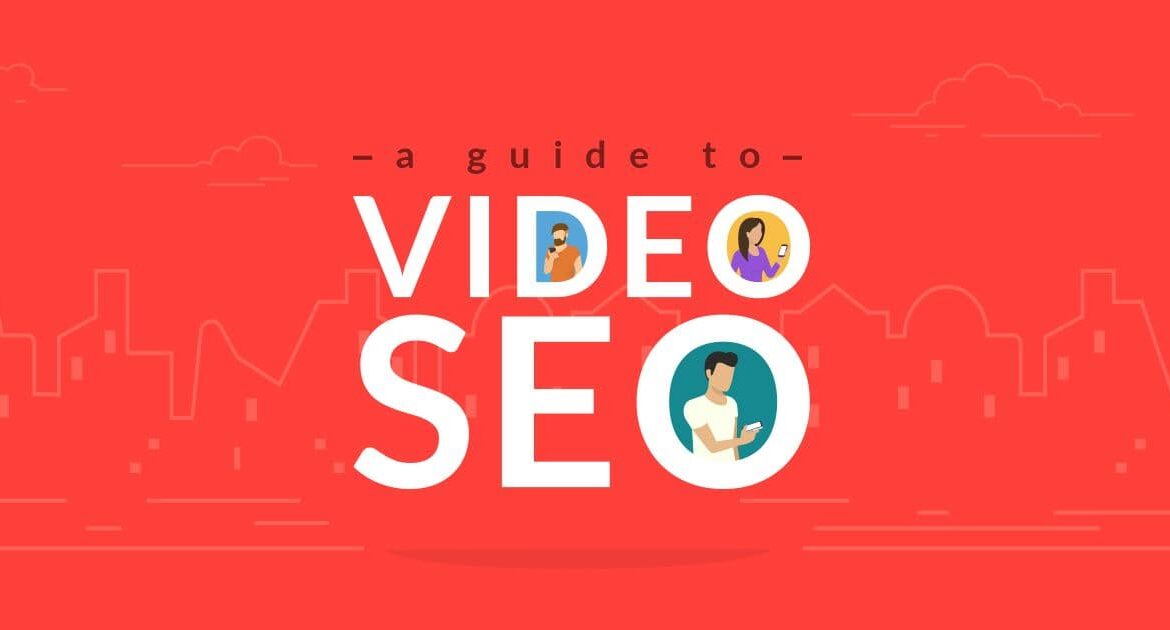No matter what type of message you’re looking to deliver online – the most popular choices are written content and video content.
We’re living in a modern age where attention span is constantly reducing and is lasting only a few seconds. And if you’re looking to catch someone’s attention – there is no better way to do this than with the help of a video.
No matter how good your videography skills are, you still have to work on the marketing side of the content in order to get it seen by a larger volume of a specifically targeted audience.
The best way to do this is either through paid channels or organically.
And in this post, you’ll learn how to optimize your video for search engines so you can boost its exposure, and grab everyone’s attention!
Benefits of Ranking Your Videos with the Help of SEO
While you’ve already thought of creating videos to help spread your message to your precious audience, optimizing videos for search engines is one of the latest SEO trends if you do this right by going all-in and optimizing it for SEO, there are plenty of benefits to expect.
Some of the most common benefits are:
- Free organic traffic to your video
- Improved content value to search engines
- Ability to drive targeted & valued traffic to your video
- Boosting your brand’s online presence
- Improve the conversion rate
After all, who wouldn’t like to have some help which can even double the traffic and exposure? Right, so let’s get to the 8 steps that aren’t hard to follow yet will ensure you have an optimized video you can publish today.

How to Rank Your Video by Following These 8 Simple SEO Rules
You might be doing most of these already, but there’s a good chance you’re missing on at least a couple of these rules.
After all, not every one of these rules is directly benefiting your relationship with search engines, yet it is helping you ensure you have a video that will catch people’s attention, watch the video until the end, and then, take action.
1. Know Your Audience
Whether you’re a company or a brand, you most probably know your audience already. If you don’t, ask yourself just one question which could help you find your target audience – who are you making the video for?
For example, if you’re in the health industry – you’re most likely looking to help people who are having pain or issues, so this is just one type of your audience you can target.
This is necessary to know in order to follow the next step which is keyword research.
2. Do Keyword Research
When you know your desired audience you’d like to reach out to – how do you actually do it?
This is where keyword research comes in. Keywords are phrases that are often searched by users in the search engines.
Using a keyword tool or a software, you can get the idea of most searched keywords within your niche that will help you target your desired audience. What’s so great about keyword research is that you can also find out the search volume and even the competition.
3. Choose Where to Host Your Video
Are you going to rely on one of the most known video platforms such as YouTube or are you going to host the video on your own domain?
YouTube is a great platform since there are plenty of people who are already searching for what you have to offer. However, hosting a video on your domain name is beneficial for your rankings – since you won’t be redirecting the traffic to another site, but your own site.
If your site is established enough – we highly recommend posting your video on your site to increase your ranking abilities. You can always share your video from there.
4. Optimize the Title
You might have heard this one before, yet it’s a really important step you don’t want to be skipping.
Title optimization is important because you have just a couple of words to tell the audience what your video is about, and yet you still need to try and feature the keyword in the title and make it as catchy as possible.
After all, catchy titles are the ones that grab attention. You don’t want to be misleading people with your title, but you do want to be able to deliver exactly what the title promises.
Also, you want to watch your word count (at least 5 words, yet not too long), and if possible, add the previously researched keyword closer to the beginning of the title.
5. Optimize the Video Description
How many times did you open a video only to find out a very neat description that gives you plenty of information you’ve been looking for?
That’s right. You can utilize the video description in order to feature additional keywords, improve interlinking by linking to other posts or videos on your site, or even add a call-to-action at the end to improve conversion rate.
Also, you can use video description as a way to describe the video in a clear manner – since not only people will rely on the description, but also search engines will use it to evaluate the quality of the video itself.
Don’t be afraid to write – as you should have at least 250 words in your video’s description.
Lastly, anything is better than leaving it empty or having just one sentence written in there – so get to work.
6. Work on a Good Thumbnail
In some situations, it’s actually a thumbnail that attracts the visitors even before the title does. And this is definitely telling you to improve your graphic skills and start creating catchy thumbnails.
In order to do this, you should feature a perfectly still image from your video where you can then easily add text to the side which will be easy to read by the visitors.
7. Engage with Your Audience
No matter the type of video you’re producing, you should always put yourself in your visitors’ shoes and try to make the video as engaging as possible.
People love interactive videos and this will help them focus better, watch for longer, and even take action after the video is finished.
Successful research proves that this also leads to a significantly better sharing rate – and guess what? This is also good for your site since not only will you increase exposure, but your video will prove itself as a very valuable video to search engines.
8. Keep Promoting Directly
While you can rely on SEO services for just so much, you still don’t want to stop promoting your video directly as this is another great way to combine both strategies. This will result in a better traffic increase, and you will have the ability to reach a desired audience, and even improve the conversion rate at the same time.
After all, your goal is to get your video seen by as many people as possible and still achieve the goals you’ve set, right?
Conclusion
If you’ve already started producing and publishing videos, and yet you’re not fully taking advantage of SEO – you’re doing yourself a disservice.
These steps might require some additional time on top of the time you’ve spent recording and editing the video, but it can make a significant improvement which is directly linked to benefits. For the amount of effort you put into optimizing your video, you will be able to get a lot more value & even increase your site’s rankings by reaching your desired audience organically.




